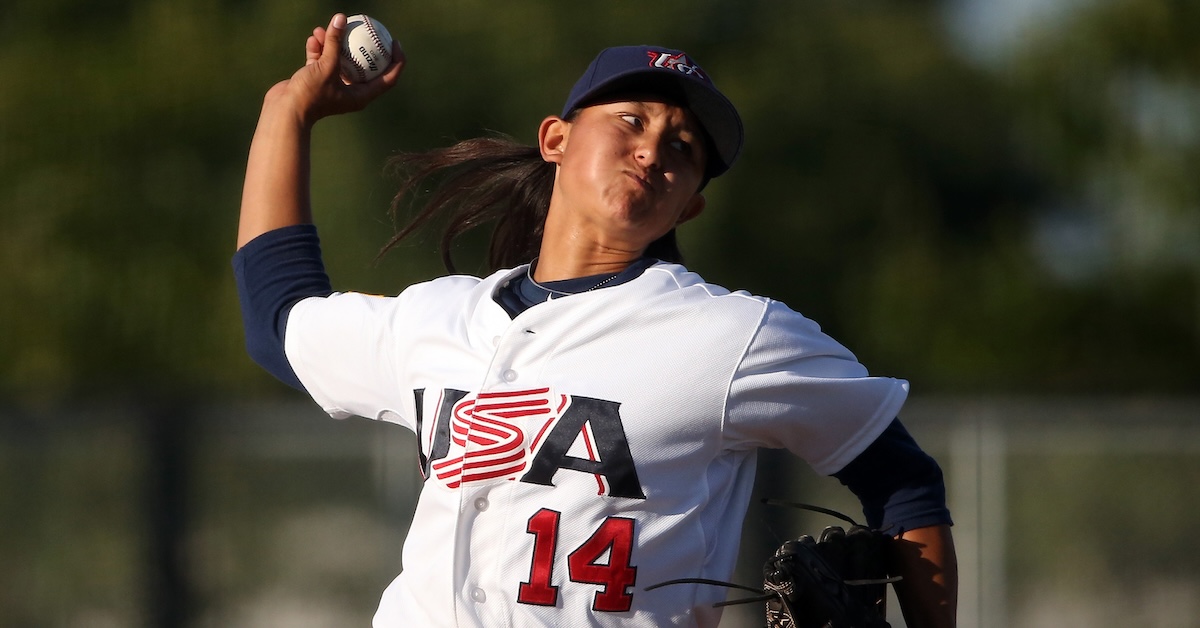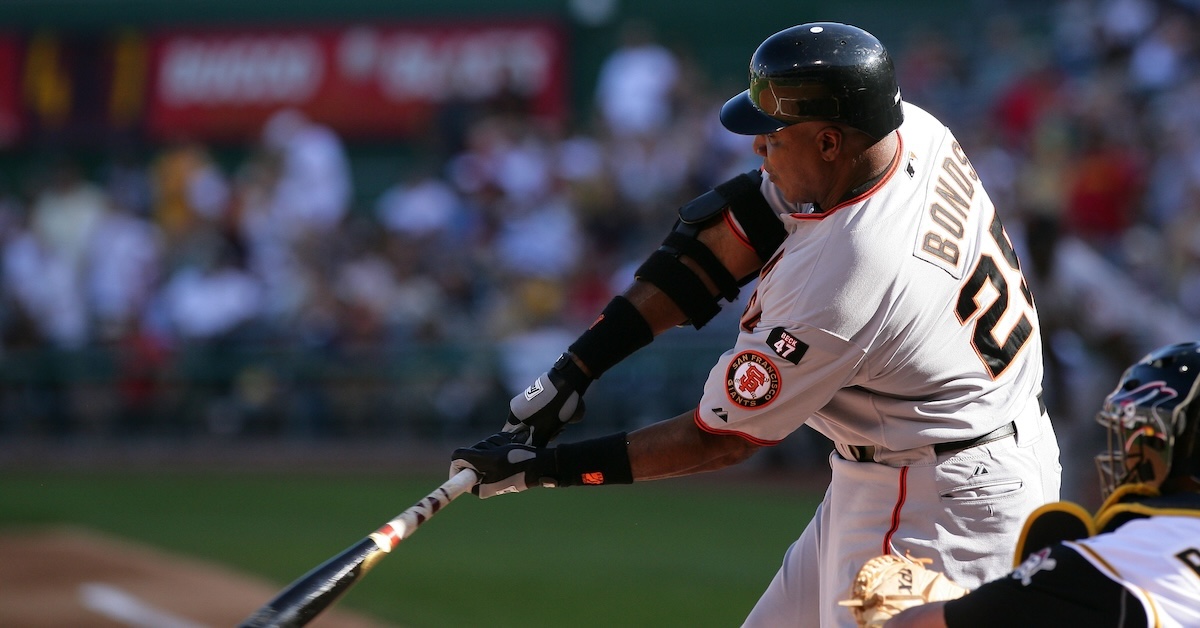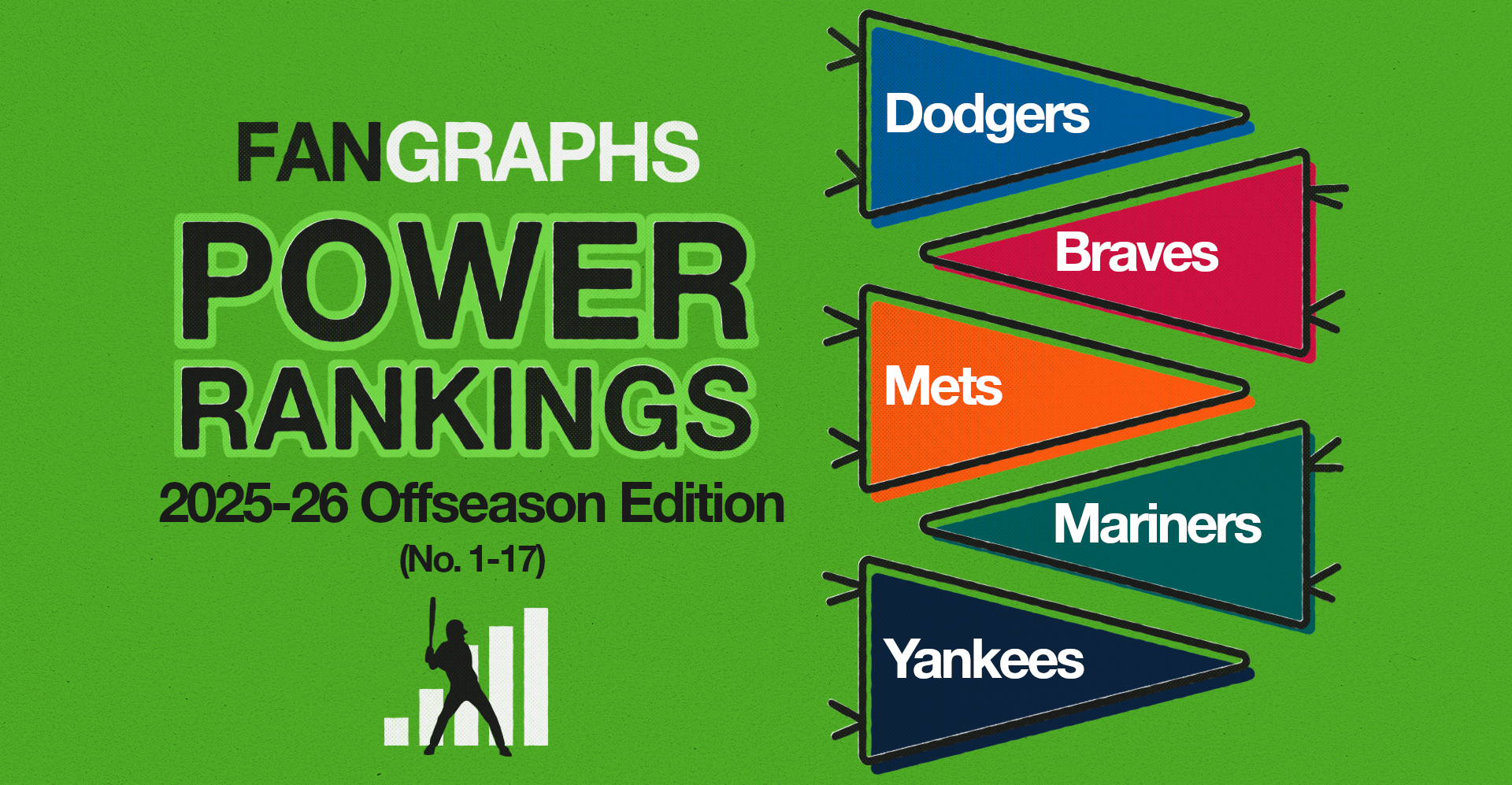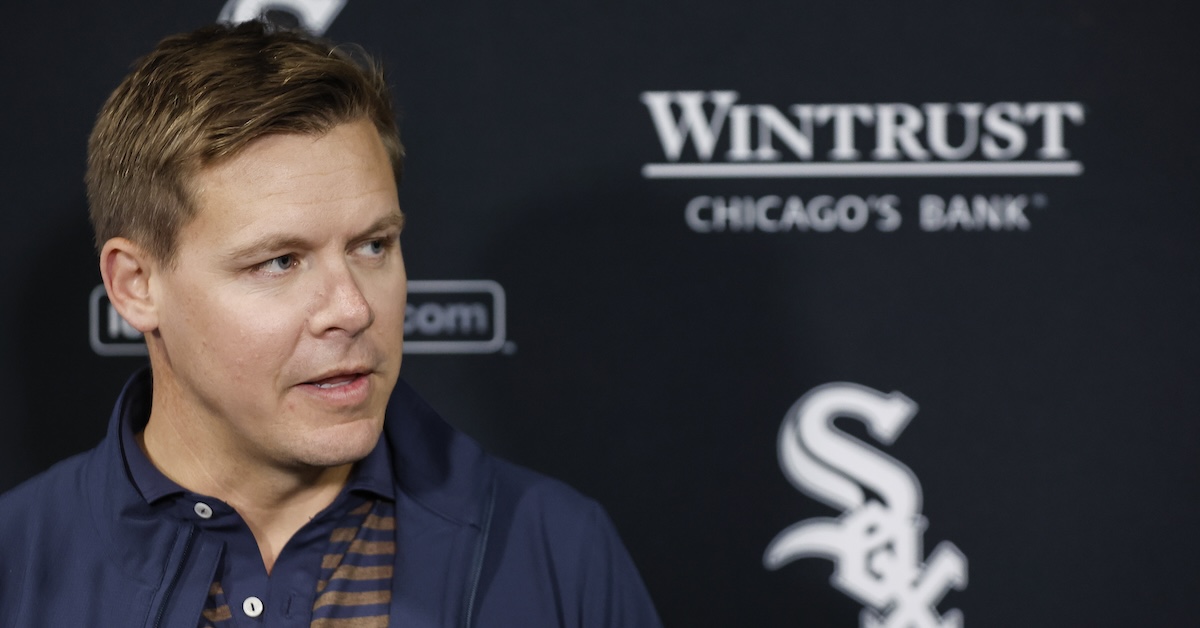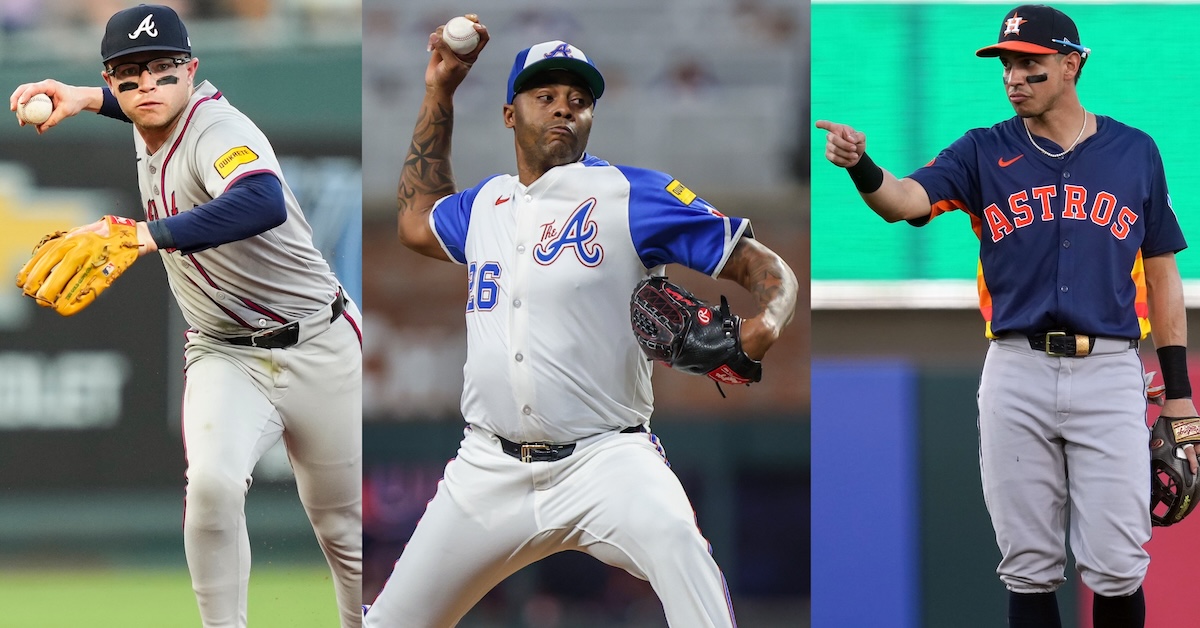Effectively Wild Episode 2404: A (Bases) Loaded Question

Ben Lindbergh and Meg Rowley banter about Aaron Judge having been teammates with both Taylor Ward and Tyler Wade, a revelation about the late-season health of Elly De La Cruz, and the hidden value of multiposition players such as Mauricio Dubón, then (38:22) answer listener emails about the terms “baseball lifer” and “double-barrel action,” when bases-loaded situations are separate, how to count innings, a weird double play, how to classify switch-hitters, non-switch-hitters who should consider switch-hitting, and whether wealth can buy a good farm system.
Audio intro: The Gagnés, “Effectively Wild Theme”
Audio outro: Justin Peters, “Effectively Wild Theme”
Link to Elly injury info
Link to September Elly episode
Link to AA quotes on Dubón
Link to 2025 FRV leaders
Link to Kostka thread on Grayson
Link to double play clip 1
Link to double play clip 2
Link to double play clip 3
Link to Rendon homer story
Link to Popkins origin story
Link to listener emails database
Link to Narduzzi clip
Link to Narduzzi story
Link to Secret Santa sign-up
![]() Sponsor Us on Patreon
Sponsor Us on Patreon
![]() Give a Gift Subscription
Give a Gift Subscription
![]() Email Us: podcast@fangraphs.com
Email Us: podcast@fangraphs.com
![]() Effectively Wild Subreddit
Effectively Wild Subreddit
![]() Effectively Wild Wiki
Effectively Wild Wiki
![]() Apple Podcasts Feed
Apple Podcasts Feed
![]() Spotify Feed
Spotify Feed
![]() YouTube Playlist
YouTube Playlist
![]() Facebook Group
Facebook Group
![]() Bluesky Account
Bluesky Account
![]() Twitter Account
Twitter Account
![]() Get Our Merch!
Get Our Merch!
Podcast (effectively-wild): Play in new window | Download
Subscribe: RSS

